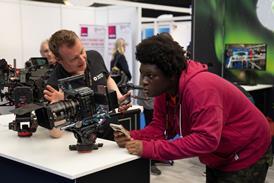The technology set to eventually supercede plasma and LCD screens in the home and for professional monitoring is being advanced by a number of manufacturers.
Unlike other technologies, OLED (Organic Light Emitting Diode) do not require a backlight, instead radiating illumination from the pixels themselves. As a result OLED panels help prevent light emission when reproducing dark shades, resulting in very deep blacks and a contrast ratio of more than 1,000,000:1.
The lack of a backlight allows the device to control all phases of light emission from zero to peak brightness. The innovative technology delivers exceptional colour expression and detail without wasting power, so it is also an exceptional energy-saver.
Sony already retails an 11-inch Bravia XEL for £3,500, measuring 3mm at its thinnest point. It is expected to launch a larger screen later this year priced around £5,000. Panasonic has a 40-inch version in the works and it is anticipated Apple will soon unveil a 15-inch OLED notebook.
The technology has also been developed for professional applications. Sony’s 11-inch HVDF-EL100 released in 2008 was the first colour camera viewfinder based on OLED technology (pictured).
OLEDs can, in theory, be printed on any surface, offering the potential for display panels in newspapers and on clothing.




























No comments yet